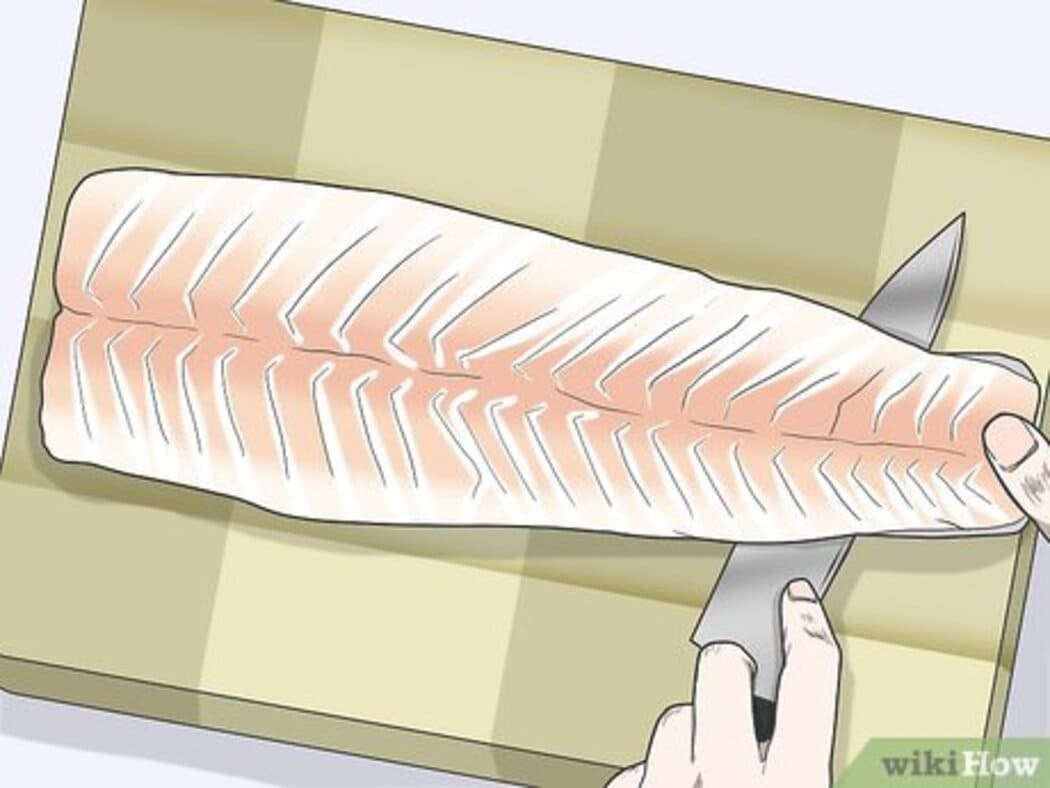
The structure and physicochemical characteristics of the hydrolytic device were studied in relation to the impacts of two different drying processes for fish cuts.
Title
The structure and physicochemical characteristics of the hydrolytic device were studied in relation to the impacts of two different drying processes for fish cuts.
Author
1. Maximin Anicet RAVELONIAINA, Postdoctoral Researcher, University of Antananarivo, MADAGSCAR, Madagascar
Abstract
The processing of fish results in the production of by-products that have potential use in a variety of areas, including the food industry. The purpose of this study is to examine the effects of thermal treatment and cold pressing on the nutritional and functional aspects of the byproducts that are created from the hydrolyzed of fish scraps, with the ultimate goal of maximising the value of these byproducts. According to the results of the studies, fish trimmings are valuable sources of protein, which may be dissolved in pepsin at a rate ranging from 78 to 79 percent after being hydrolyzed. The finished products exhibit functional qualities such as high emulsification activities (ranging from 45 to 49%) and a high degree of stability (ranging from 83% to 76%), regardless of the kind of drying process used. When compared to drying in an oven, the functional qualities that are produced by freeze-drying are somewhat superior.
Keywords
Conclusion
Fish trimmings could have a high protein content. As expected, pepsin hydrolysis is very effective in emulsification these native molecules. Proteins preserved by drying at 70°C and by dehydrating both show fascinating functional features, although those preserved by freeze-drying have a slight edge. Dehydration at 70 degrees Celsius or freezing is possible for enzymes. Additional study of protein sequence and morphogenesis during evaporation may help corroborate these findings. More research into the most efficient use of this method is required if oven drying is to become more economically viable. Whatever the case may be, using fish scraps as a raw material for commercial products is an intriguing and possibly productive way for the food industry to create new kinds of bioactive components.
Author Contrubution
The author confirms sole responsibility for the following: study conception and design, data collection, analysis and interpretation of results, and manuscript preparation.
Funding
The authors did not receive any specific grants from funding agencies in the public, commercial, or non-profit sectors for the research, authorship, and/or publication of this article.
Conflict of Interest
All authors declare that they have no conflicts of interest
Data Sharing Statement
Not applicable
Software And Tools Use
Not applicable
Acknowledgements
I thank the following individuals for their expertise and assistance in all aspects of our study and for their help in writing the manuscript. I am also grateful for the insightful comments given by anonymous peer reviewers. Everyone's generosity and expertise have improved this study in myriad ways and saved me from many errors.
Corresponding Author
Maximin Anicet RAVELONIAINA
University of Antananarivo, MADAGSCAR, Postdoctoral Researcher, Madagascar
Copyright
Copyright: ©2025 Corresponding Author. This is an open access article distributed under the terms of the Creative Commons Attribution License , which permits unrestricted use, distribution, and reproduction in any medium, provided the original author and source are credited.
RAVELONIAINA, Maximin Anicet. “The structure and physicochemical characteristics of the hydrolytic device were studied in relation to the impacts of two different drying processes for fish cuts..” Scientific Research Journal of Agriculture and Veterinary Science, vol. 1, no. 1, 2022, pp. 9-17, https://isrdo.org/journal/SRJAV/currentissue/the-structure-and-physicochemical-characteristics-of-the-hydrolytic-device-were-studied-in-relation-to-the-impacts-of-two-different-drying-processes-for-fish-cuts
RAVELONIAINA, M. (2022). The structure and physicochemical characteristics of the hydrolytic device were studied in relation to the impacts of two different drying processes for fish cuts.. Scientific Research Journal of Agriculture and Veterinary Science, 1(1), 9-17. https://isrdo.org/journal/SRJAV/currentissue/the-structure-and-physicochemical-characteristics-of-the-hydrolytic-device-were-studied-in-relation-to-the-impacts-of-two-different-drying-processes-for-fish-cuts
RAVELONIAINA Maximin Anicet, The structure and physicochemical characteristics of the hydrolytic device were studied in relation to the impacts of two different drying processes for fish cuts., Scientific Research Journal of Agriculture and Veterinary Science 1, no. 1(2022): 9-17, https://isrdo.org/journal/SRJAV/currentissue/the-structure-and-physicochemical-characteristics-of-the-hydrolytic-device-were-studied-in-relation-to-the-impacts-of-two-different-drying-processes-for-fish-cuts
3490
Total words1356
Unique Words144
Sentence23.541666666667
Avg Sentence Length0.3071514085837
Subjectivity0.048504491264908
PolarityText Statistics
Viewed / Downloads
Total article views: 118 (including HTML, PDF, and XML)| HTML | XML | Total | |
|---|---|---|---|
| 76 | 17 | 25 | 118 |
Viewed (geographical distribution)
Thereof 118 with geography defined and 0 with unknown origin.